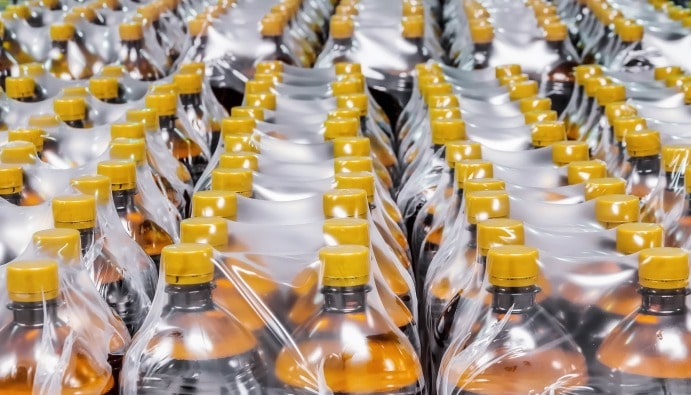
BLOG
KATEGORİDEKİ DİĞER YAZILAR

UN Certificate shows that packaging products are in compliance with UN specifications through various tests. Thus, the UN mark can be added on the packaging. The important point in the UN Packaging certification process is to prove the packaging integrity as a result of a series of tests.
The tests to be carried out for the UN Packaging certificate must be carried out by accredited and authorized laboratories in accordance with the relevant regulations and standards. The tests performed for the UN Packaging certificate are as follows:
Drop Test for All Packages
Must be done for the qualification of all packaging design types. Except for straight drops, the center of gravity of the test package must be vertical above the point of impact. Where more than one direction is possible for a given drop test, the direction most likely to cause the packaging to fail should be used.
Stacking Test for All Packages Except Bags
strict Required for all packaging designed to contain liquids or liquids. During transport, the test sample is subjected to a force applied to the top surface of the test package equivalent to the total weight of identical packages that can be stacked on it. The minimum height of the stack, including the test specimen, should be 3.0 m (10 feet). The duration of the test is 24 hours (note that the duration is 28 days for plastic drums, drums and composite packaging 6HH1 and 6HH2 for liquids) and is performed at a temperature of not less than 40C (104F).
All Leak Test for Liquid Packages
The leak test is performed using compressed air or suitable gases on all packages intended to contain liquids. The design proficiency testing procedure involves immersing a container with a lid in water while internal pressure is applied.
Hydrostatic Pressure Test / Vacuum Test for All Liquid Packages
All packages intended to contain liquids required for The purpose of the test is to ensure that there is no liquid leakage due to the vapor pressure created at various temperatures. Since some chemicals may emit an increasing vapor as the temperature changes, packaging should be made to withstand the internal pressure created. An example of this would be gasoline. As the temperature rises, the gasoline vapors expand, creating an internal pressure on the container. The test is done by subjecting the primary inner packaging to the required pressure for a certain period of time.
Cobb Water Absorption Test
Performed on 5-inch square corrugated samples from five test packs. They are soaked in water for 30 minutes. Five samples are weighed before and after soaking. Delta weight should not exceed 1.55 grams per sample.
Vibration Test
Performed on three complete packages and requires the operator to determine the acceleration required for the package to separate from the surface of the shaker table . Operators should perform this task by increasing the frequency of the shaker table enough to allow a 1/16 inch shim to slide between the package and the table surface.
ISTA Test
In a three full package design specifies the drop and vibration tests to be performed. 10 drop rows are performed for each followed by a loose load vibration test.